When you think of the Côte d’Azur, you probably envision golden sunlight, miles of beaches, turquoise water and topless sunbathers. And you’d be right, for the French Riviera is the original resort area.
The Côte d’Azur, which gets 300 sunny days a year, became popular when 18th century English aristocracy began spending winters there. Word spread, and soon other wealthy Europeans made it a stop on their grand tours of the continent. In the 20th century, artists and such as Picasso and Matisse and writers such as Wharton began flocking there for the soft light and clear air. After WWII, the area’s popularity exploded as many celebrities began buying up real estate.
Nice is the Côte d’Azur’s largest city and is among the oldest settlements in Europe. Archeological sites evidence prehistoric inhabitants’ beach huts and tools from 400,000 B.C.
Throughout history, Nice has been highly coveted due to its ideal location right on the Mediterranean. For centuries, Nice was part of Italy and joined the Genoese League in the seventh century, then the House of Savoy in the 14th century. In 17th century, France’s Louis XIV occupied Nice’s hilltop castle, Chateau du Colline, from which he attempted to seize control. In 1860, Nice became part of France.
During World War II, Nice was the center of both the Free Zone and the French Resistance. Allied forces landed in Nice to begin liberating France from the south.
The old town, Vieux Nice, recalls the city’s history with its tightly packed streets filled with Mediterranean cuisine, Italian influences and Baroque architecture. The seafront is more reminiscent of the English influence, particularly with its boardwalk, “Promenade des Anglais.” There’s also the nondescript New Town and the aristocratic hill of Cimiez with its Belle Époque mansions.
Nice, France, Côte d’Azur, French Riviera, Mediterranean
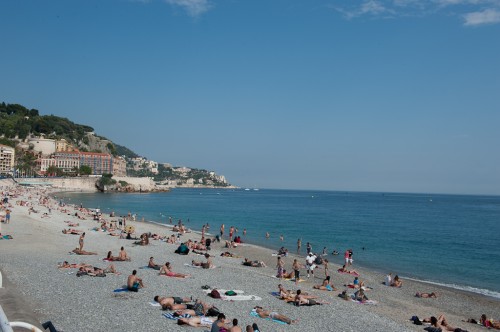
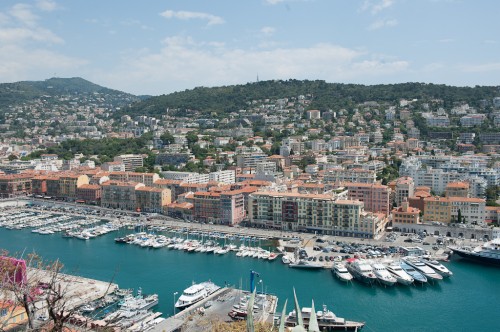
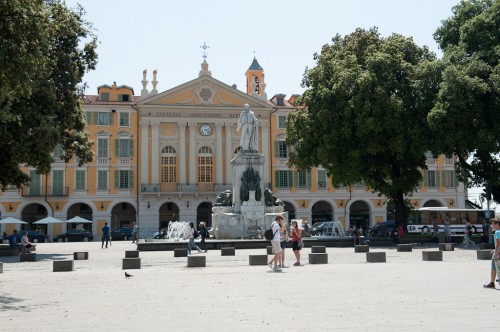
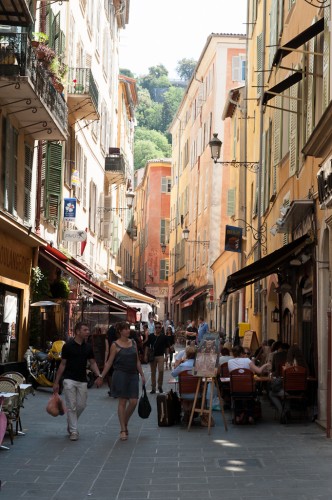
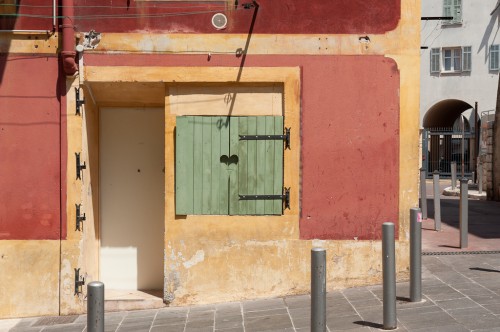
No comments yet.